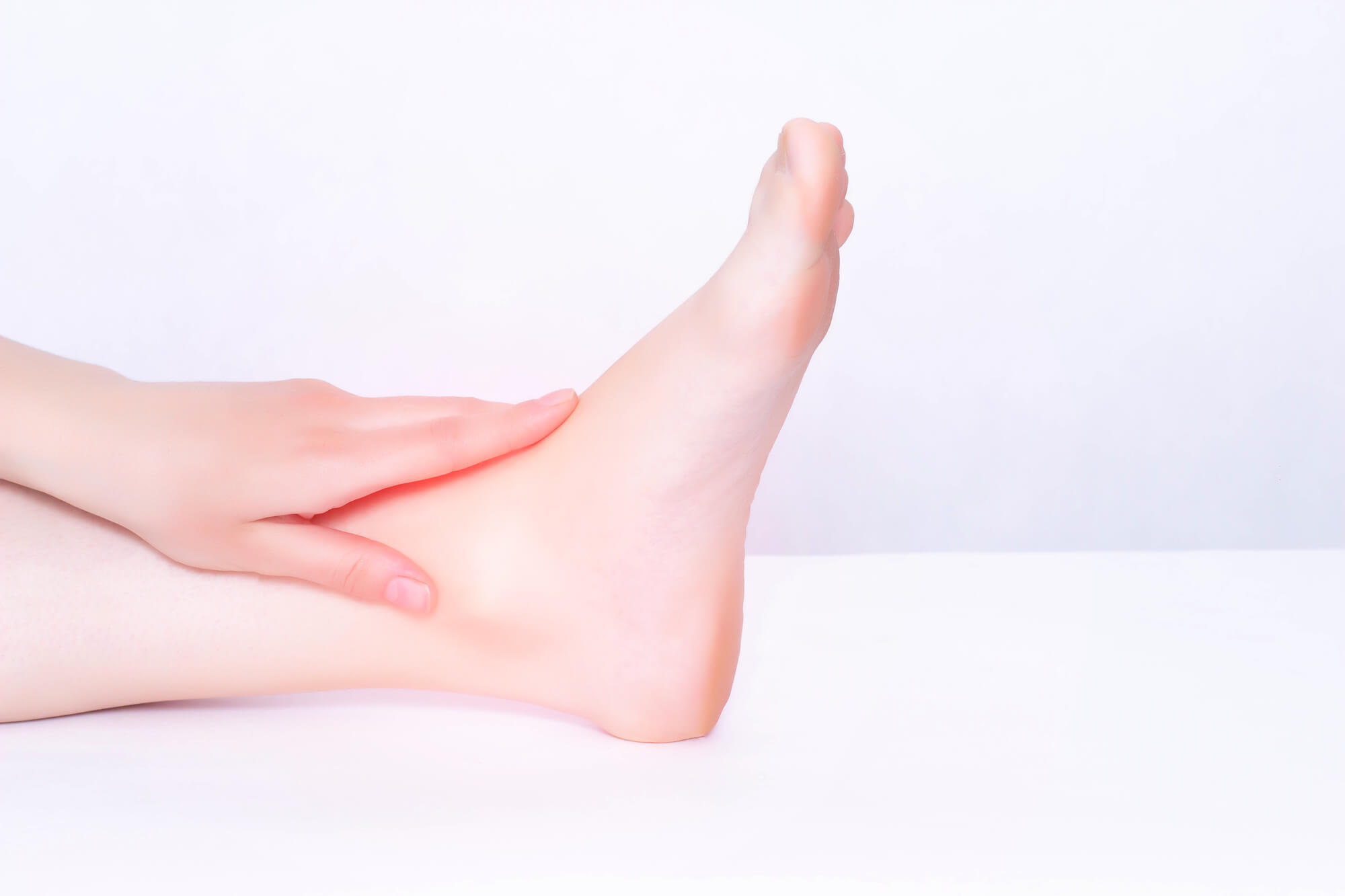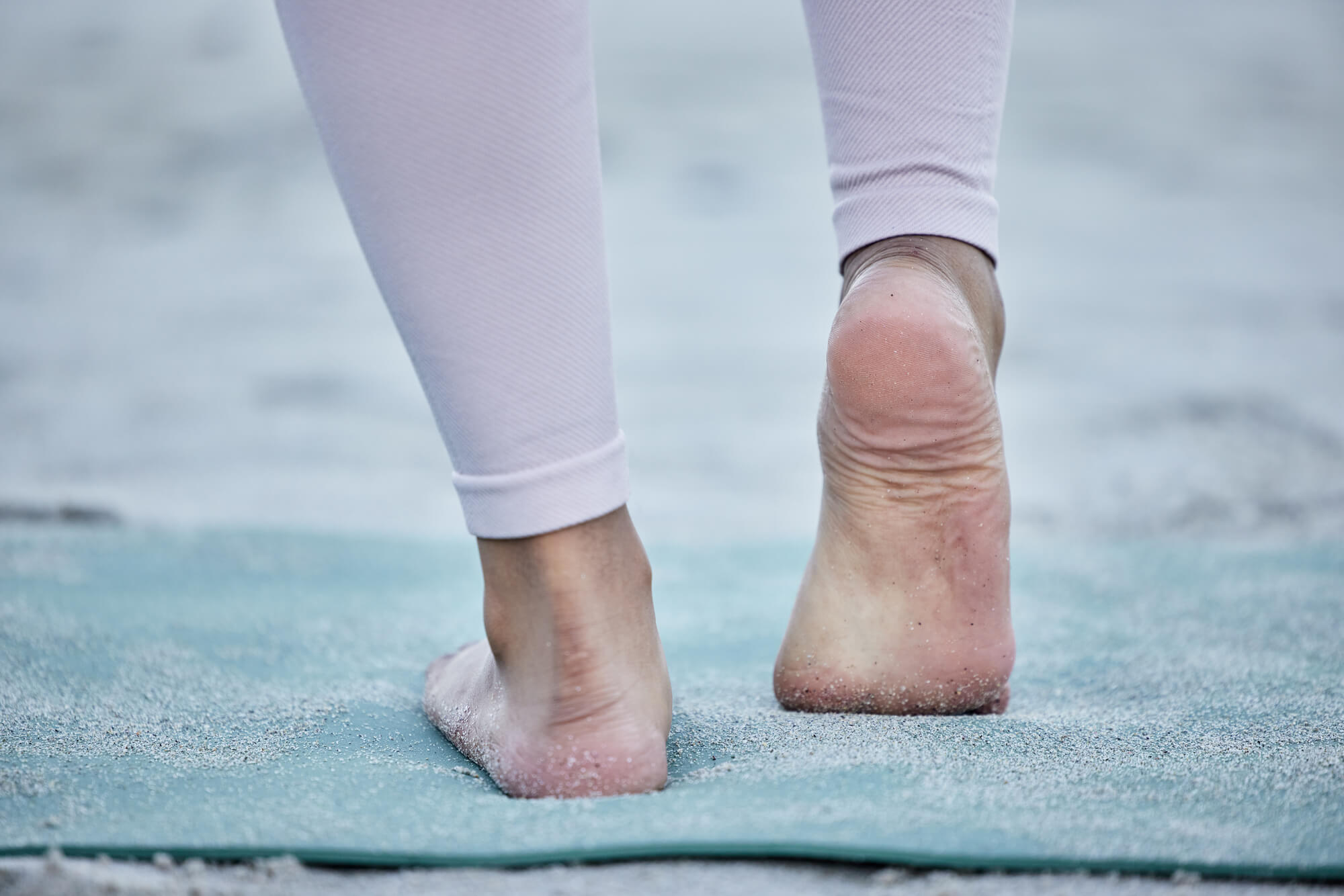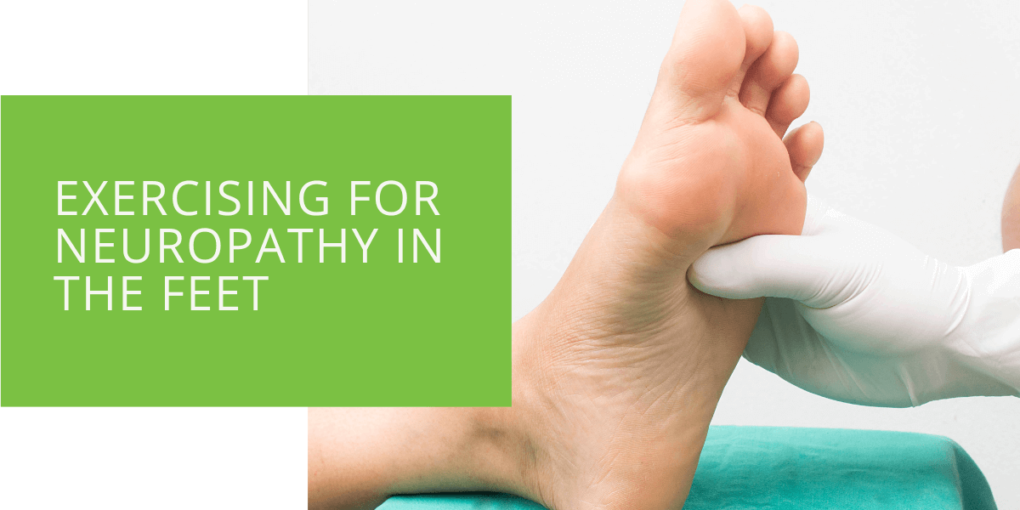Exercising for Neuropathy in the Feet
Neuropathy is a condition that affects the nerves in the body, often causing pain, numbness, and tingling in the hands and feet. Peripheral neuropathy, which affects the nerves in the feet and legs, is a common form of neuropathy. While there is no cure for neuropathy, physical activity and exercise can help manage the symptoms and improve the overall quality of life. This article will discuss exercises that can benefit neuropathy in the feet and tips for safe and effective exercise.
What is Neuropathy?
Neuropathy is damage to the nerves, which can cause a range of symptoms depending on the type and severity of the damage. The most common neuropathy causes in the feet include diabetes, chronic alcohol use, and certain autoimmune diseases. Neuropathy can also be idiopathic, meaning the cause is unknown.
Symptoms of neuropathy in the feet can include pain, numbness, tingling, and weakness. These symptoms can make it difficult to walk, stand, or even wear shoes comfortably. People with neuropathy may also experience balance problems, making them more likely to fall.

Exercises for Neuropathy in the Feet
Exercise is an important part of managing neuropathy. Not only does it help to improve blood flow to the feet, but it can also help keep the joints flexible and strengthen the muscles. This can help to reduce pain and improve overall function.
Stretching Exercises
Stretching exercises are an important part of managing neuropathy. They can help to improve flexibility and reduce pain.
- Ankle stretches: Ankle stretches can help improve ankle joint flexibility. Sit flat on the floor in front of you to perform an ankle stretch. Slowly lift one leg and place your heel on the floor, with your toes pointing towards the ceiling. Lean forward and gently press your ankle toward the floor. Hold for 20 seconds, and then release. Repeat on the other leg.
- Toe stretches: Toe stretches can help to improve flexibility in the toes. To perform a toe stretch, sit flat on the floor before you. Slowly lift one leg and place your heel on the floor, with your toes pointing towards the ceiling. Use your hand to gently pull your toes towards you, stretching the muscles in the foot. Hold for 20 seconds, and then release. Repeat on the other leg.

Strengthening Exercises
Strength training exercises can help to improve the muscle strength of the foot and leg. This can help to reduce pain and improve overall function.
- Foot flexor exercises: Foot flexor exercises can help to strengthen the muscles in the front of the foot and ankle. To perform a foot flexor exercise, sit flat on the floor in front of you. Slowly lift one leg and place your heel on the floor, with your toes pointing towards the ceiling. Use your hand to press your toes towards the floor gently. Hold for 5 seconds and then release. Repeat 10 times on each leg.
- Foot extensor exercises: Foot extensor exercises can help to strengthen the muscles in the back of the foot and ankle. To perform a foot extensor exercise, sit flat on the floor in front of you. Slowly lift one leg and place your heel on the floor, with your toes pointing towards the ceiling. Use your hand to gently press your toes away from the floor and lift them towards the ceiling. Hold for 5 seconds and then release. Repeat 10 times on each leg.

Balance Exercises
Balance training can help to improve stability and reduce the risk of falls in people with neuropathy.
- Single leg balance: Single-leg balance exercises can help to improve stability and balance. To perform a single-leg balance exercise, stand with your feet hip-width apart. Slowly lift one leg and hold it in the air for as long as possible. Repeat on the other leg.
- Wobble board exercises: Wobble board exercises can help to improve balance and stability. A wobble board can be purchased at most sporting goods stores. Stand on the wobble board with your feet hip-width apart to perform a wobble board exercise. Try to balance for as long as you can.
- Aerobic exercises: Aerobic exercises, such as walking or cycling, can help to improve blood flow to the feet and legs. This can help to reduce pain and improve overall function.
- Walking: Walking is a great form of aerobic exercise for people with neuropathy. It is low-impact and easy to do. Start with a short walk and gradually increase the distance as your fitness improves.
- Cycling: Cycling is another form of aerobic exercise that is easy on the joints. A stationary bike can be a good option for people with neuropathy as it allows you to control the intensity of the workout.
Tips for Safe and Effective Exercise
Before starting an exercise program, it is important to consult with a podiatrist or physical therapist. They can help develop a safe and effective exercise program tailored to your specific needs.
When starting an exercise program, it is important to begin with low-impact exercises and gradually increase the intensity. This can help to prevent injury and reduce the risk of pain.
Proper form and technique are important when performing exercises. A podiatrist or physical therapist can help ensure that you use the proper form and technique to prevent injury.
Conclusion
Exercising for neuropathy in the feet is an important part of managing the condition and improving the overall quality of life. A combination of stretching, strength training, balance exercises and aerobic exercise can help to improve flexibility, reduce pain, and improve overall function. It is important to consult with a podiatrist or physical therapist before starting an exercise program, as they can help develop a safe and effective exercise program tailored to your specific needs. With the proper exercises and techniques, people with neuropathy can improve their symptoms and lead a more active and fulfilling life.

